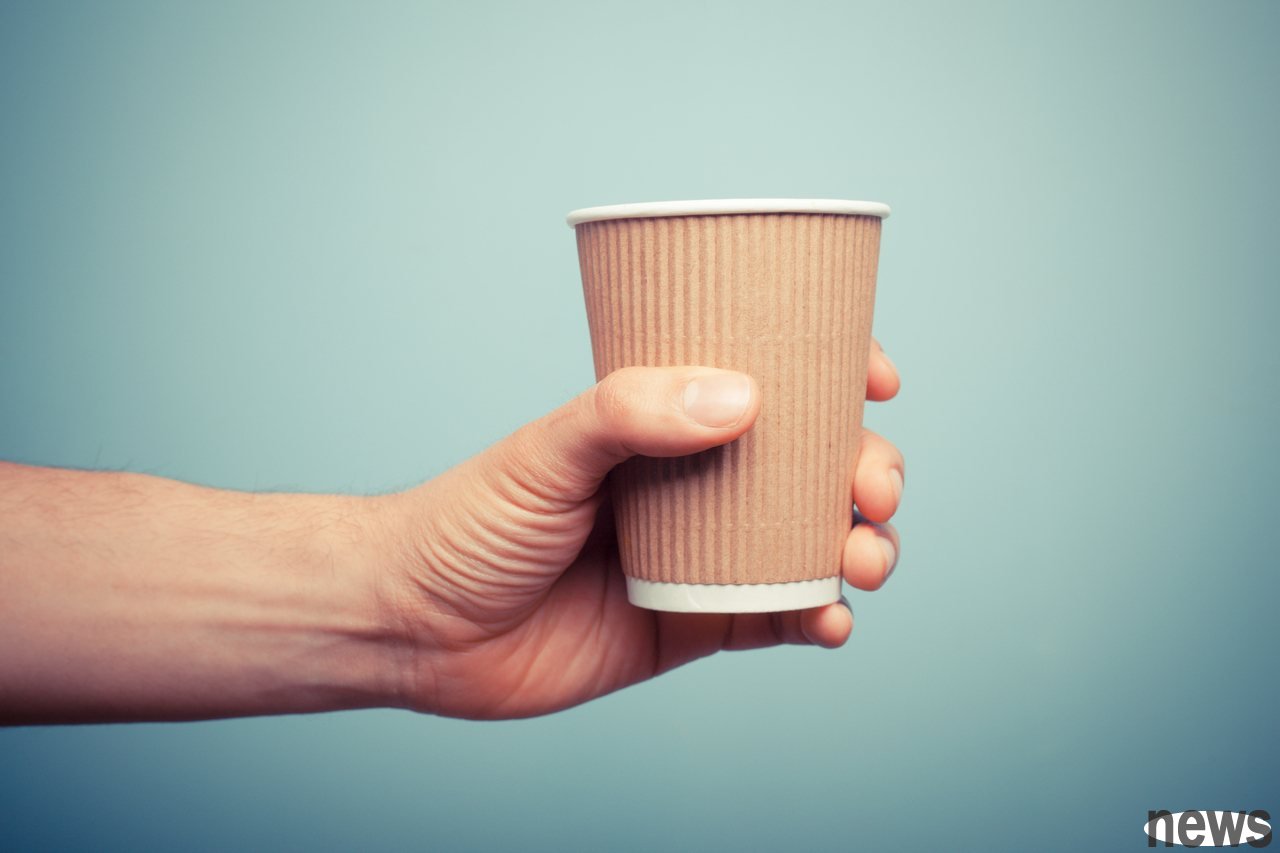
Taiwanese people love to drink a hand-wrapped cup. In summer, the cold drink that is so refreshing and refreshing in the heart is so unpleasant. In winter, the warm and warm drink that lasts through the cold winter. Many county cities in Taiwan have begun to "ban disposable plastic cups" since the second half of this year, not only for environmental protection, but also reduce the harmful substances that may be released when plastic cups are hot. But is "paper cup" absolutely safe? Is there a hidden crisis?
When polyethylene PE encounters a hot liquid, it will dissolve chemical substances.Taiwanese people like to drink hot and sweet soups in winter. They must be served in paper cups. Sometimes, for the convenience of consumers, a layer of plastic seal is sealed on it. Cheng Dunci, a nurse at Linkou Changgeng Clinical Toxic Center, said that the paper itself is "not waterproof". If you want to pack the liquid, you have to "add a layer of film", and that layer of film belongs to PE (polyethylene). If you encounter excessively hot liquid, it will release chemical substances. It is best to carry a cup to pack it on your own.
Linkou Changgeng Clinical Toxic Center, Yang Zonghai, director of Linkou Changgeng Clinical Toxic Center, said that PE (polyethylene) is used for hand-wrapped paper cups or other hot drink cups, mostly LDPE (low-density polyethylene), and is often seen in plastic bags, translucent or opaque plastic bottles, etc. The sealing film on the beverage cup is also PE plastic, which is heat-resistant to 70 to 90℃. Although polyethylene chemistry structure does not have much impact on human health, if liquids that are too high-temperature are easily melted and cannot achieve waterproofing. It is recommended that if you want to buy hot drinks, you can put them in your own glassware.
The most important thing to pay attention to when the heat resistance temperature is exceeded, plasticizers will be produced.Many products sold in convenience stores and supermarkets also use plastic containers, such as pudding boxes, bean bottles, etc., and PP (polypropylene). Yang Zonghai said that polypropylene is resistant to collision and high temperature, and has a heat resistance of 100 to 140℃. Propylene itself is not toxic, but it will release propylene beyond the heat resistance temperature and connect to food.
The most important thing to pay attention to is PVC (polyvinyl chloride). According to Chang-hai, PVC is often used in fresh films, egg boxes, and flavor tanks. It has a temperature tolerance of only 60 to 80℃. Although it has high plasticity, it can be used as a fresh film. However, once the heat resistance temperature exceeds, plasticizers that are toxic to humans will be released.
The heat resistance of the Baolilong is poor and has been gradually banned from the feeding utensils.The same toxicity is also "Poly Dragon". In the past, some hand-carried cups used Poly Dragon material cups, and many well-known Japanese noodles cups also used Poly Dragon. However, Yang Zonghai pointed out that the "polystyrene (PS)" of Baolilong's chemical structure is aggregation of many styrene, which is itself a toxic chemical element and is "neurotoxic" to the human body. Carcinogenicity was also found in animal experiments, but no evidence of carcinogenicity has been found.
Yong Zonghai said that lycoil is not a good food utensil, and its heat resistance is only 70 to 90℃. If you want to soak the noodles, the boiling point of the water is 100 degrees. Once hot water is penetrated, it will be difficult to avoid toxicity. The neurotoxicity of styrene has been often found in workers in the past, mainly due to excessive exposure, which causes head, pain, numbness and weakness in the hands of the hands and feet. Currently, all countries including Taiwan have gradually banned the use of lipid as a food utensil.
Double phenol A is not resistant to acid, swelling, and high temperature, and is often used in plastic water tanks.Is the "dual phenol A" that the people often worry about is also hidden in disposable food utensils that are usually packed? Yang Zonghai said that double phenol A is mainly used in polycarbonate (PC) products, such as plastic water tanks, bottles, and cans of food, and will not dissolve under normal use. The toxicity will only be dissolved in acidic, swelling and high-temperature environments.
Jong Hai said that double phenol A is indeed toxic and has a mild hormone effect in women. Research has found that long-term contact will increase cardiovascular disease, obesity, infarction, reproductive disorders, chronic kidney disease, liver disease, and fetal defects or lead to light microintelligence disorders in children. However, the half-life of double phenol A in the human body is 6 hours and will not accumulate. It is prohibited to add double phenol A ingredients in milk bottles in China. Use sports water bottles correctly at normal times, do not exceed 120 to 130℃, and there will basically be no excessive exposure.
Meilamine contains melamine to avoid high temperature exposure.What we need to pay attention to is the "Meinaipan" we often see in night markets, food streets or restaurants. Junghai reminds that Meinai Pan is widely used around life. Its heat resistance temperature is between 110 and 130 degrees. Because it contains "melamine", it has exposed too much risk of kidney stones. It is recommended that when eating hot pot, if the chopsticks are of the material of the Meinai dish, avoid directly collecting high-temperature foods in the hot pot. It is not advisable to put Meinai dish tableware into high-temperature environments such as microwave ovens and electric pots to heat up food.
{twenty three} {twenty four}
Responsible editor: Gu Zihuan